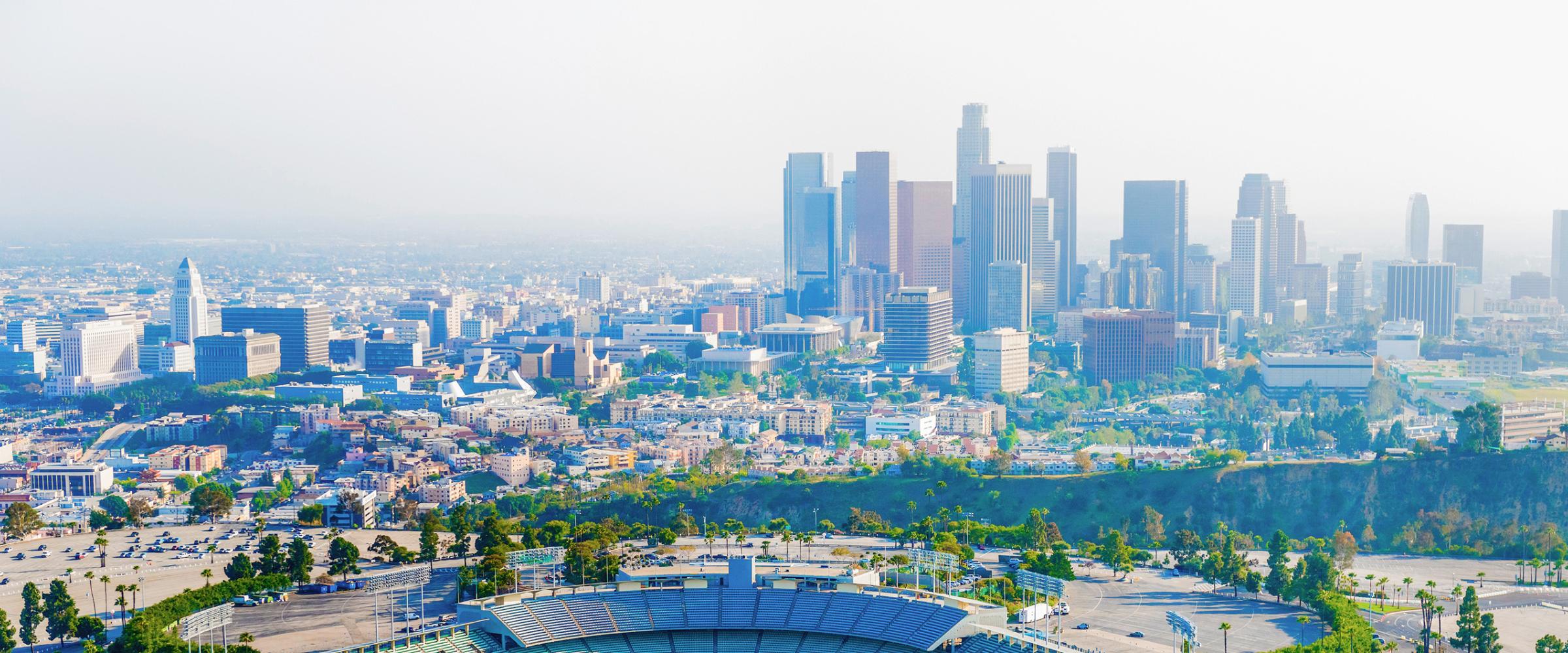Resources
Resources
Here are additional resources on urban systems research.
Urban and Regional Air Quality
ETA researchers model ozone, particulate matter and air toxins at the urban and regional scales using state-of-the-art meteorology and chemical transport models at high resolution. Details at eta.lbl.gov/research-development/area/urban-regional-air-quality
Transportation
We analyze how the combination of vehicle technology, land-use patterns, and driving behavior affect energy use, emissions, and criteria pollutant emissions in the transportation sector. Details at eta.lbl.gov/research-development/area/transportation.
Scout
Scout is a tool for estimating the energy impacts of various energy conservation measures (ECMs) on the U.S. residential and commercial building sectors. Details at www.energy.gov/eere/buildings/scout.
Benchmarking and Energy Saving Tool for Low Carbon Cities (BEST Cities)
BEST-Cities is designed to provide city authorities with strategies they can follow to reduce city-wide emissions. The tool quickly assesses local energy use and energy-related emissions in nine sectors (i.e., industry, public and commercial buildings, residential buildings, transportation, power and heat, street lighting, water and wastewater, solid waste, and urban green space), giving officials a comprehensive perspective on their local energy performance.
Urban Land Use and Microclimate
The Earth Systems and Society Program seeks to understand how humans influence climatic, ecological, and hydrological processes across a range of scales, as well as the risks faced by human systems on a changing planet. More information at eesa.lbl.gov/program-domains/earth-systems-society/
